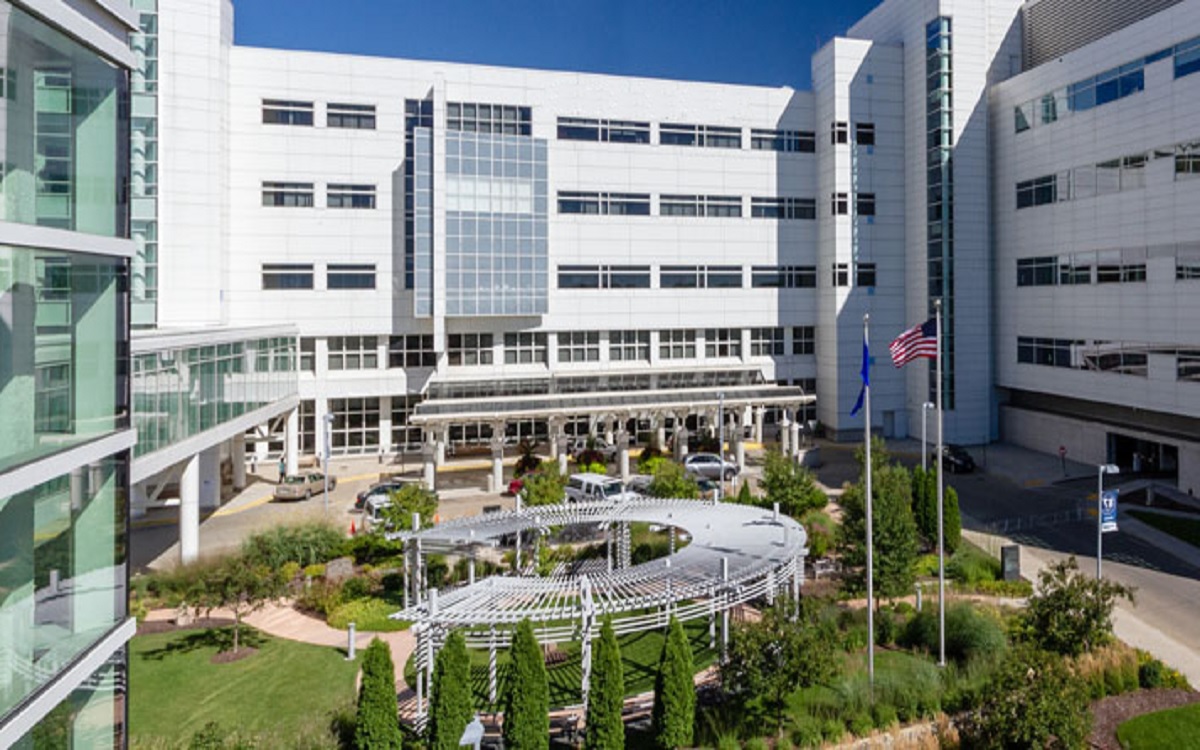|
Getting your Trinity Audio player ready...
|
In a groundbreaking move to address the severe shortage of medical professionals in California’s Central Valley, the state government has unveiled a comprehensive residency program aimed at attracting and retaining more doctors to this underserved region.
The initiative, announced on April 27th, 2024, is a collaborative effort between the California Department of Health Care Services, local hospital systems, and medical universities, and promises to bring much-needed relief to the valley’s strained healthcare infrastructure.
The Central Valley, which stretches from Bakersfield to Redding, has long struggled with a dearth of healthcare providers, leaving many residents with limited access to quality medical care. According to a report by the California Health Care Foundation, the region has just 60 primary care physicians per 100,000 residents, well below the statewide average of 79 per 100,000.
This dire shortage has been exacerbated by a rapidly growing population, an aging demographic, and the prevalence of chronic conditions such as diabetes and heart disease.
The Residency Program: A Multifaceted Approach
The new residency program aims to tackle this issue on multiple fronts. First, it will provide financial incentives to medical residents who commit to working in the Central Valley for a minimum of three years after completing their training.
This includes loan repayment assistance and competitive salaries designed to make the region more attractive to young physicians.
Furthermore, the program will establish new residency slots at hospitals throughout the Central Valley, enabling more medical school graduates to complete their training in the region.
This hands-on experience is expected to increase the likelihood of these physicians staying and practicing in the area long-term.
We’re not just bringing in doctors for a short stint,
said Dr. Linda Garcia, the program’s director.
Our goal is to create a pipeline of talented, dedicated physicians who will become part of the fabric of these communities.
Collaborative Partnerships: A Key to Success
The residency program is a collaborative effort between various stakeholders, including the University of California and Stanford University medical schools, as well as major hospital systems such as Dignity Health and Kaiser Permanente.
This is a prime example of how public-private partnerships can address critical healthcare needs,
remarked Dr. David Lubarsky, CEO of UC Davis Health.
By pooling our resources and expertise, we can make a real difference in the lives of Central Valley residents.
The program will also focus on recruiting medical residents from diverse backgrounds, with a particular emphasis on those with ties to the Central Valley region. This approach not only promotes cultural competency in healthcare delivery but also increases the likelihood of these physicians remaining in the area long-term.
Addressing Systemic Inequalities
The residency program is part of a broader effort by the state to address systemic healthcare inequalities that have long plagued the Central Valley.
Alongside this initiative, the California Department of Health Care Services has announced plans to expand telemedicine services, improve access to preventive care, and invest in community health worker programs.
Access to quality healthcare should be a right, not a privilege,
stated Governor Gavin Newsom during the program’s unveiling.
By investing in our medical workforce and infrastructure, we’re taking a significant step towards ensuring that all Californians, regardless of their zip code, have access to the care they deserve.
As the Central Valley residency program gets underway, healthcare advocates and policymakers alike will be watching closely, hopeful that this bold initiative will pave the way for a more equitable and accessible healthcare landscape in one of California’s most underserved regions.
For More News Update Visit California News



